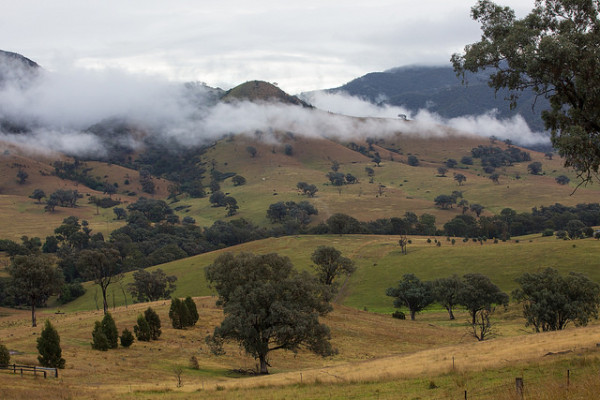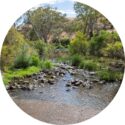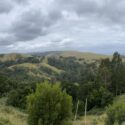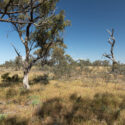Landscape condition in north-east Victoria
In recent months the team from Natural Decisions, in partnership with Patten Bridge (Bridge Logic) and Professor Allan Curtis (Charles Sturt University), have been working with the North East Catchment Management Authority (NECMA) to develop an approach to landscape monitoring that captures the social and behavioural aspects of landscape change.
The landscape condition monitoring framework we have developed aims to enable NECMA to report on the implementation of the Regional Catchment Strategy (RCS) from the perspective of how current practices are influencing landscape condition, alongside the more traditional management activity and asset condition reporting.
The project involved the development of a monitoring framework, selection of indicators and development of data collection methods. It is strongly linked to state and transition models for the Agricultural Land and Lifestyle Landscapes described in the North East RCS. The framework was recently trialled and refined through a series of five focus group workshops held across the North East CMA region.
Landholders from a range of backgrounds, experience and perspectives participated in the discussions and provided information on current practices, drivers and constraints related to; managing livestock access to waterways, managing ground cover, level of revegetation and vegetation management activities, impact of invasive plants and animals and effectiveness of control measures, together with the level of community engagement and involvement in natural resource management.
The results will be used by the NECMA as part of their Annual Report on catchment condition and will provide a useful baseline for future monitoring activities. A recurring challenge with environmental reporting is to develop useful, practical and meaningful measures that can effectively communicate progress whilst acknowledging the vagaries of climate, markets and socio-demographic drivers. We believe that the framework developed and implemented in this project has significantly met this challenge.
Posted 11 July 2016 in News




















